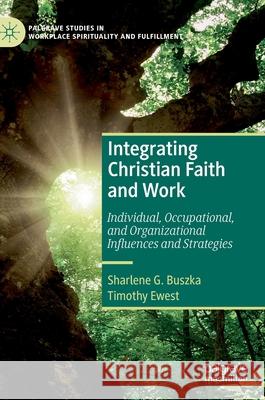Integrating Christian Faith and Work: Individual, Occupational, and Organizational Influences and Strategies » książka
topmenu
Integrating Christian Faith and Work: Individual, Occupational, and Organizational Influences and Strategies
ISBN-13: 9783030229139 / Angielski / Twarda / 2019 / 291 str.
Integrating Christian Faith and Work: Individual, Occupational, and Organizational Influences and Strategies
ISBN-13: 9783030229139 / Angielski / Twarda / 2019 / 291 str.
cena 484,18
(netto: 461,12 VAT: 5%)
Najniższa cena z 30 dni: 462,63
(netto: 461,12 VAT: 5%)
Najniższa cena z 30 dni: 462,63
Termin realizacji zamówienia:
ok. 22 dni roboczych.
ok. 22 dni roboczych.
Darmowa dostawa!
Kategorie:
Kategorie BISAC:
Wydawca:
Palgrave MacMillan
Seria wydawnicza:
Język:
Angielski
ISBN-13:
9783030229139
Rok wydania:
2019
Dostępne języki:
Numer serii:
000827069
Ilość stron:
291
Waga:
0.52 kg
Wymiary:
21.01 x 14.81 x 1.91
Oprawa:
Twarda
Dodatkowe informacje:
Wydanie ilustrowane











